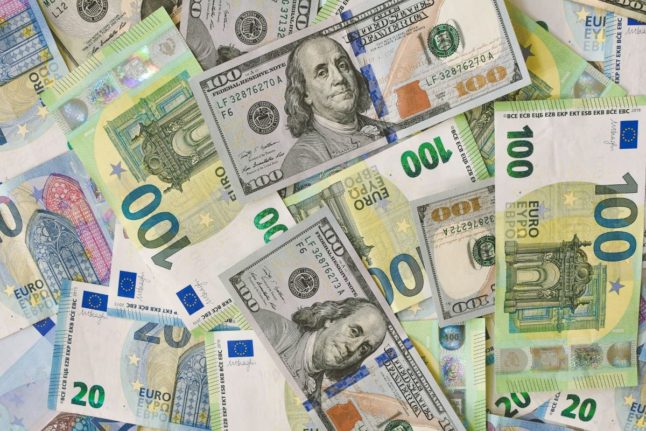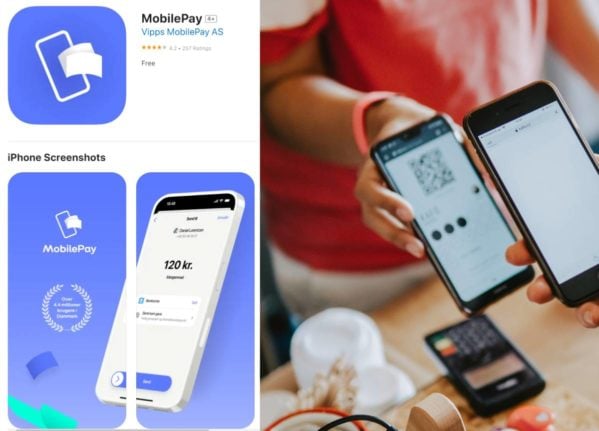Norway’s krone has endured a turbulent few years, hitting major lows in 2020 and then fluctuating and returning to similar levels this year and 2024.
The decline in the krone has been linked to several factors, and it looks like the weaker currency is now the new norm.
The real losers in this situation are those living in Norway and those paid in the Norwegian krone.
This is because they suffer something of a ‘double whammy’, whereby the weak krone makes it more expensive to travel, but the weak krone also drives up inflation due to imports becoming more expensive.
Still, the good news is that visitors to Norway, those who are paid in another currency, and people with savings pots abroad are better off.
READ ALSO: How the weak Norwegian krone will affect travel to and from Norway
For example, five years ago 1,000 kroner was equivalent to around 117 dollars, according to historical exchange rate calculators whereas these days 1,000 kroner trades for around 91 dollars.
Due to inflation, 1,000 kroner in 2019 is equivalent to 1,200 kroner in 2024, and 117 dollars is equivalent to 144 dollars. Today, 1,200 kroner trades for around 110 dollars.
When it comes to the euro, you can expect around 86 euros in exchange for 1,000 kroner at current rates.
Similarly, 1,000 kroner was equivalent to 104 euros in 2019. After inflation is accounted for, 104 euros in 2019 equals around 124 euros in 2024. Meanwhile, 1,200 kroner in April 2024 could be exchanged for 103 euros.
Five years ago, you could swap 1,000 kroner for just under 90 British pounds. These days 1,000 kroner only gets you 73 pounds. Inflation means that 90 pounds in 2019 equates to around 110 in today’s money.
When adjusting 1,000 kroner for inflation, 1,200 kroner is equivalent to 88 pounds in today’s money.
These examples highlight how, even after accounting for inflation, Norway’s kroner has weakened against several other currencies.
In 2019, 1,000 kroner was equivalent to 156 Canadian dollars. These days, 1,000 kroner trades for around 125 Canadian dollars.
Five years ago, 1,000 kroner was traded for 164 Australian dollars and 174 New Zealand dollars. In April 2024, 1,000 kroner could be exchanged for 141 Australian dollars and 154 New Zealand dollars.
Norway’s krone has also slipped against currencies in neighbouring countries. Five years ago, the Norwegian krone was more valuable than the Swedish krone. At the time, 1,000 Norwegian kroner could be exchanged for 1,089 Swedish krona.
Fast forward to this year, and 1,000 Norwegian kroner only gets you around 994 Swedish krona.
The Danish kroner has also strengthened against the krone. In 2019, 1,000 Norwegian kroner would get you 777 Danish kroner, compared to 641 Danish kroner today.
Below is a table comparing the amount 1,000 Norwegian kroner could be exchanged for



 Please whitelist us to continue reading.
Please whitelist us to continue reading.
Member comments